What Kind of Fuel Vehicles Will Attract Crowds in 2025?
![]() 05/01 2025
05/01 2025
![]() 612
612
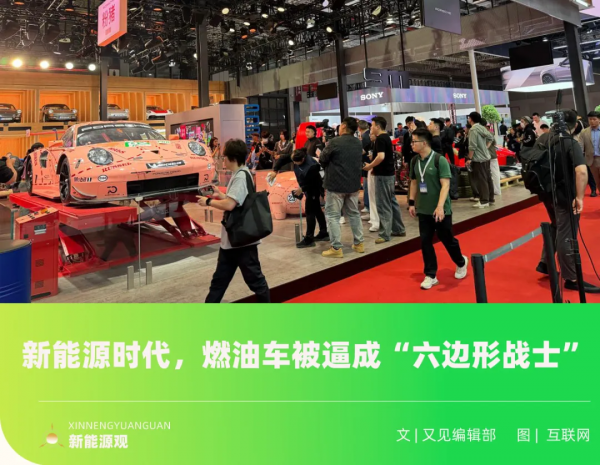
Original content by New Energy Outlook (ID: xinnengyuanqianzhan)
3,134 words, 11-minute read
At this year's Shanghai Auto Show, new energy vehicles continue to steal the spotlight as the main attraction.
Out of the 1,300 vehicles on display, more than 70% are new energy vehicles. The booths of premium brands such as BBA are filled with various new energy models, and even Porsche's stand showcases multiple pure electric models, including the new Taycan and Macan 4 Turbo.
The popularity of new energy vehicles at the auto show is even more evident. Booths from emerging forces like Huawei's AITO, Xiaomi, and NIO are buzzing with activity. Some consumers curiously examine the exhibit vehicles, others seriously inquire about vehicle information from staff, and still others simply enter the vehicles for a closer look.
Despite the increasingly clear future of new energy vehicles at this year's show, with almost all traditional brands, including BBA, promoting new energy models, fuel vehicles have surprisingly not completely disappeared. Among the over 100 new vehicles displayed at the Shanghai Auto Show, fuel vehicles still account for 30%.
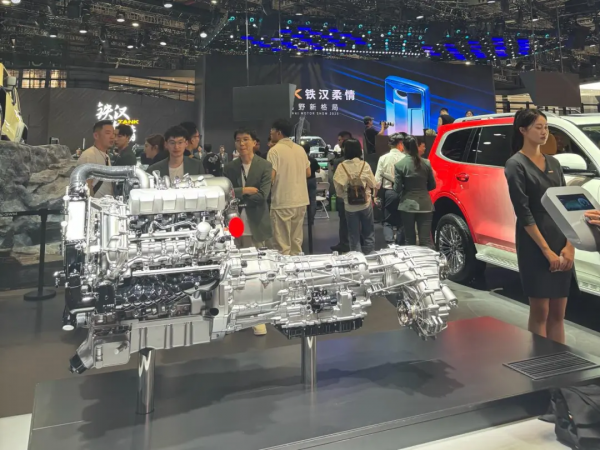
Photo/Great Wall V8 Engine
Source/Photographed by New Energy Outlook
Great Wall Motors' newly self-developed 4.0T V8 engine and the Tank 300 Hooker Edition equipped with this engine have garnered numerous glances. Volvo's new XC90, with its high-safety positioning and unique design, has also stopped many consumers in their tracks.
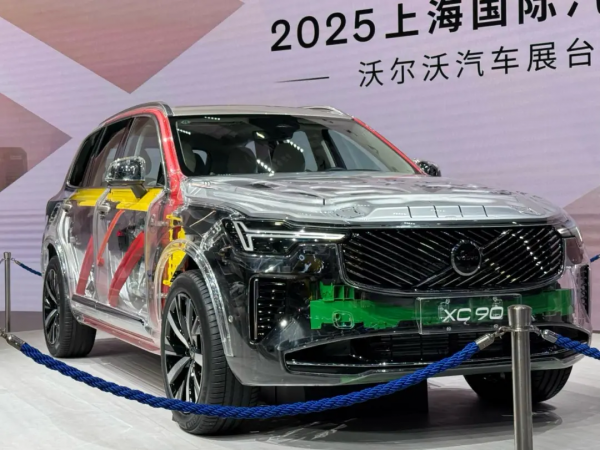
Photo/New Volvo XC90
Source/Photographed by New Energy Outlook
These scenes cannot help but make one ponder: With the unstoppable trend of electrification, what exactly makes fuel vehicles continue to captivate consumers? Where will they fit in the future automotive market?
1. Are Fuel Vehicles Making a Comeback?
'I thought I had traveled through time.'
Zhang Yu (pseudonym), a 30-year-old car enthusiast, originally thought that the performance of fuel vehicles at this year's Shanghai Auto Show would mirror last year's, being overshadowed by the flashy sound and light displays and technological prowess of new energy models, leaving their booths deserted. But as he walked into the exhibition hall and his gaze fell on the long queue in front of the Porsche booth, he couldn't help but exclaim.
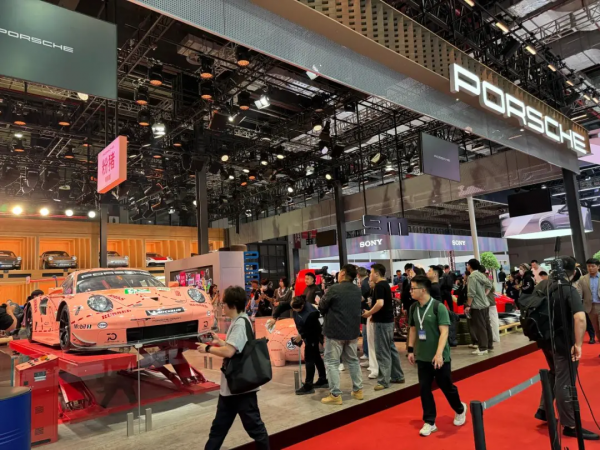
Photo/Porsche Booth
Source/Photographed by New Energy Outlook
Zhang Yu still vividly remembers that at last year's Beijing Auto Show, new energy booths from Xiaomi and Huawei's AITO virtually monopolized all the attention. 'Not just Beijing, but also Chengdu and Guangzhou auto shows, the presence of fuel vehicles has been waning, with many booths dominated by new energy vehicles. But this year is different; there are still some fuel vehicles attracting a large audience. That lively scene makes one feel like they've stepped back in time to before 2019.'
Chen Cheng (pseudonym), who was near the Lexus booth, also experienced this 'dislocation'. In his view, the foot traffic in front of the Lexus LS400 is on par with that of new forces like AITO and NIO. 'At noon, there were so many people holding their phones to capture various angles of the first-generation LS400 that I thought a major new energy vehicle was being launched.'
Many consumers share the same sentiments as Zhang Yu and Chen Cheng. They generally believe that although the momentum of fuel vehicles still lags behind that of new energy vehicles in the overall automotive market, the foot traffic around fuel vehicles at this year's Shanghai Auto Show clearly indicates a 'recovery'.
'Moreover, the foot traffic stopping in front of fuel vehicles can be fully compared to that of new forces like AITO and Xiaomi.'
From deserted booths to a crowd of onlookers, what exactly is the charm of fuel vehicles at this year's Shanghai Auto Show?
Through interactions with numerous consumers, we have gradually uncovered that the 'recovery' of fuel vehicles at this year's Shanghai Auto Show is not fortuitous; it is the result of multiple factors converging.
Out of the 18 exhibit vehicles displayed by Porsche, 9 are museum collections. SAIC Audi's A5L Sportback, built on the PPC platform, is the first fuel vehicle equipped with Huawei's Kunlun ADS3.0 high-level intelligent driving system. Lexus has specially set up a 'Time' themed area at the auto show to display the first-generation LS400.
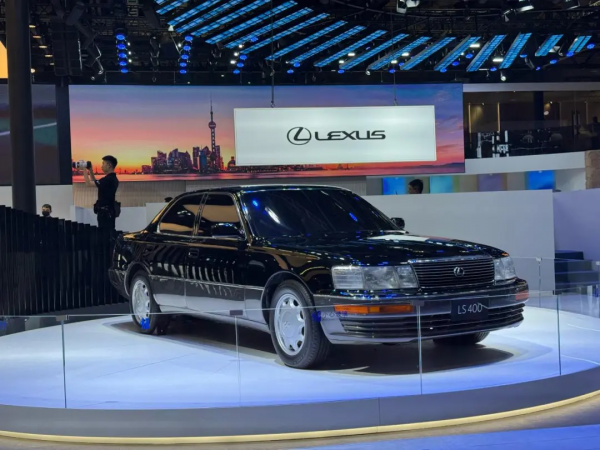
Photo/First-generation LS400
Source/Photographed by New Energy Outlook
'I think this year's fuel vehicles still have quite a few highlights. Although their number is not comparable to that of new energy vehicles, each one has its own unique characteristics. The old models displayed by Lexus and Toyota Century remind me of my first impressions of cars when I was a child. That kind of feeling is indescribable.'
'I came to see new energy vehicles, but I didn't expect to be drawn to several fuel vehicles. For example, Volvo's new XC90 has an imposing and steady exterior and a luxurious and comfortable interior, which has sparked my interest in fuel vehicles.' Several consumers echoed this sentiment.
2. Four Out of Ten Consumers Still Prefer Fuel Vehicles
The resurgence of fuel vehicles at the Shanghai Auto Show was not entirely unexpected.
In recent years, although the retail penetration rate of new energy vehicles has been continuously increasing, reaching 51.1% in March, there are still many consumers who remain loyal to fuel vehicles.
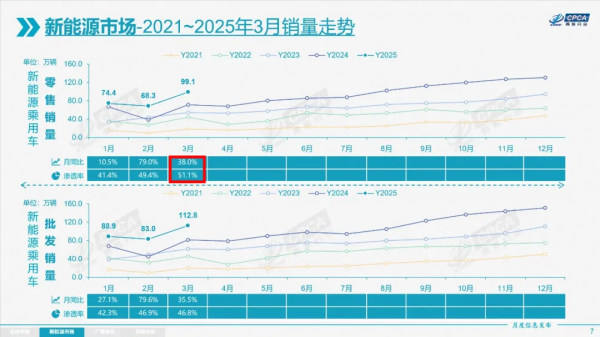
Photo/Retail Penetration Rate of New Energy Vehicles in March 2025
Source/Screenshot from the internet by New Energy Outlook
Data from the Automobile Home Research Institute shows that as of December 2024, over 40% of users only consider fuel vehicles when buying a car.
Zhou Kai (pseudonym) is one of the typical representatives of this group. In his view, although new energy vehicles have made tremendous technological progress, the unique mechanical texture and driving pleasure of fuel vehicles are irreplaceable. 'I love the sound of the engine running and the manipulation feel of manual shifting, which electric cars can't provide.'
Zhou Kai also revealed that many of his friends share the same sentiment as him and even venture into the second-hand market to seek out their favorite old fuel vehicles. 'Although these old models may have issues with hard-to-find repair parts and high maintenance costs in later use, we just love them and are willing to pay for this passion.'
He also took out his phone to show the sharing group for people who prefer old fuel vehicles. He said that whenever someone spots a rare model or finds a new part for their car, they post it in this group.
Mentioning the classic fuel vehicles displayed at this year's Shanghai Auto Show, Zhou Kai couldn't conceal his excitement. 'Seeing these classic models is like reuniting with old friends. They represent the automotive culture of an era. I hope that while developing new energy vehicles, automakers will not forget the charm of fuel vehicles and preserve some classic models and technologies.'
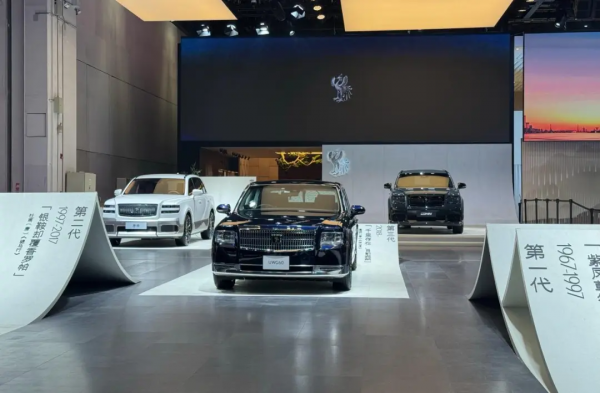
Photo/Some old fuel vehicle models of Toyota Century
Source/Photographed by New Energy Outlook
Zhao Ruirui (pseudonym), a post-95s fuel vehicle owner, shares similar thoughts with Zhou Kai. 'A car is not just a mode of transportation for me; it's more like a companion. So compared to technological sense, I prefer mechanical beauty. Moreover, fuel vehicles always give me the feeling that each car has its own personality, but electric cars feel more or less the same, with severe homogenization.'
More subtly, there is also a group of consumers who choose to return to the fuel vehicle camp after driving an electric car for a period of time. A report released by McKinsey, '2025 China Automotive Consumer Insights', shows that in 2024, about 30% of pure electric vehicle owners regretted buying an electric car and expressed their intention to return to the 'fuel camp' during their next car purchase.
It should be noted that although fuel vehicles still have a place in the automotive market, through interactions with numerous consumers, it is not difficult to find that most consumers weigh multiple factors such as economy, space, and comfort when buying a car. After comprehensive consideration, new energy vehicles will have more advantages in daily urban commuting.
'It is undeniable that fuel vehicles have their charm, but new energy vehicles have obvious advantages in terms of environmental protection, energy conservation, and intelligence.'
3. The Final Outcome of Fuel Vehicles: Exiting the Mass Market and Being Treasured in Niche Markets?
Judging from the 2025 Shanghai Auto Show, if fuel vehicles want to survive and thrive under the onslaught of new energy vehicles, taking a differentiated route is an inevitable choice.
After all, those fuel vehicles that attract significant attention at the auto show all possess unique advantages.
For example, the BMW M4 Nürburgring Official Collaboration Limited Edition has an official guide price of 1.088 million yuan and is limited to 53 units. It is reported that this model is upgraded from the current BMW M4 Coupe Thunder Edition, equipped with a 3.0T inline six-cylinder twin-turbocharged engine with a maximum power of 390 kW. In terms of design, it deeply integrates elements of the Nürburgring circuit and the exclusive style of CS series models, with the engine hood and trunk lid adorned with factory-made hand-painted M racing stripes.
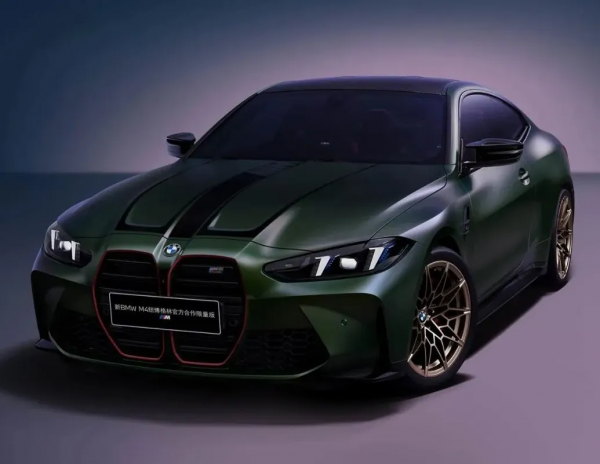
Photo/BMW M4 Nürburgring Official Collaboration Limited Edition
Source/Screenshot from the internet by New Energy Outlook
The Porsche 911 GT3 Touring, with an official pre-sale price starting at 2.268 million yuan, as a mid-cycle facelift model, has undergone higher optimization and upgrades in power and handling. It取消了 the classic swan-neck fixed spoiler and replaced it with an electrically adjustable spoiler component, which is more conducive to stable driving on highways and mountain roads.
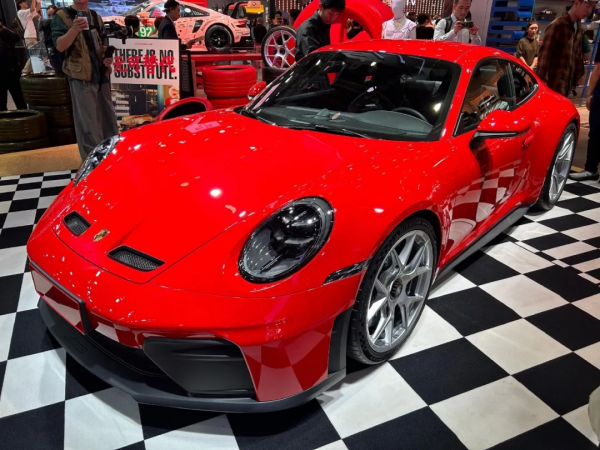
Photo/Porsche 911 GT3 Touring
Source/Screenshot from the internet by New Energy Outlook
However, mechanical advantages and emotional value are far from sufficient to withstand the tide of the times for a long time.
As Zhang Yu, who visited the Shanghai Auto Show, said, 'Although I have an obsession with the mechanical feel and sound of fuel vehicles, it is undeniable that new energy vehicles are progressing too rapidly in terms of intelligence. The in-car intelligent system can realize many functions, such as navigation, voice control, remote control, etc., which make life more convenient. If fuel vehicles do not keep up with the pace of intelligence, it will be difficult to meet our needs.'
There are not a few consumers who share similar views with Zhang Yu. Most seasoned fuel vehicle enthusiasts express their longing for in-car intelligent functions.
Based on this, in the future, as the general household market is gradually dominated by new energy vehicles, if fuel vehicles want to retain an important position in the automotive market, in addition to introducing new products and developing products with unique design and high performance for consumers who pursue individuality and driving pleasure, they should also focus on intelligence to enhance the technological sense and convenience of vehicles, providing consumers with a richer driving experience.
Taking the Audi booth at this auto show as an example, its certain market presence is inseparable from its 'same intelligence for fuel and electric' strategy. It is reported that both the A5L Sportback and Q5L fuel vehicle models are equipped with Huawei's Kunlun ADS3.0 high-level intelligent driving system.
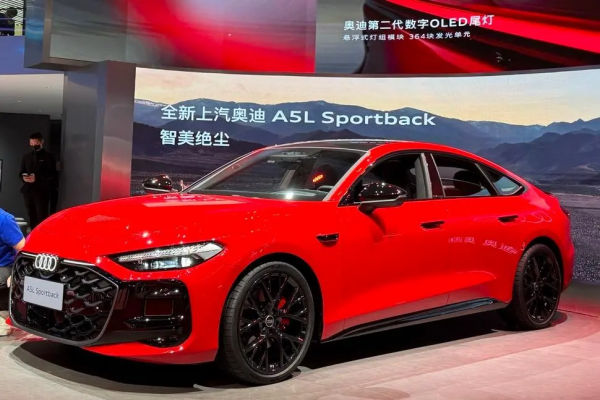
Photo/Audi A5 Sportback
Source/Photographed by New Energy Outlook
Many consumers who stopped by the Audi booth candidly said, 'I never thought that intelligent driving features could appear on fuel vehicles one day. This not only satisfies my obsession with the sound of fuel vehicles but also fulfills my desire to experience technology.'
'I used to think that intelligent driving was a patent of electric cars, but now the Q5L has shown me the possibilities of fuel vehicles.'
In the future, fuel vehicles and new energy vehicles may coexist in the long term, each satisfying the needs of different consumers with irreplaceable characteristics. But the premise is that fuel vehicles must quickly find a balance between pure performance and intelligent convenience; otherwise, they may gradually lose their footing, caught in the dilemma of 'fading emotions and disconnected functions.'







